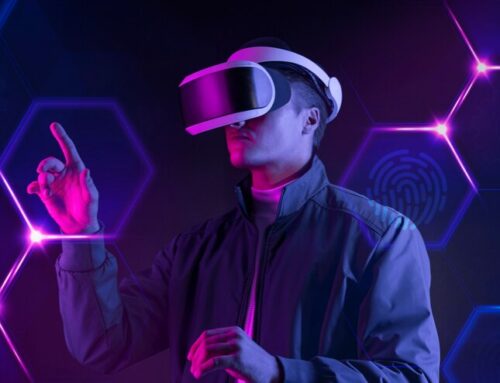In the dynamic world of technology, innovations frequently reshape our digital interactions. One such innovation, Vy6ys, though yet to be widely known, is poised to make a significant impact. This article explores what Vy6ys entails, its applications, and its potential influence across various technology sectors.
What is Vy6ys?
Vy6ys is an advanced technological framework designed to tackle critical challenges in digital systems. This innovative protocol integrates machine learning, artificial intelligence, and sophisticated data processing techniques to enhance system efficiency and adaptability. By dynamically analyzing and responding to data inputs, this technology aims to optimize complex processes, improving user experiences and system performance.
At its core, Vy6ys leverages cutting-edge algorithms and computational models for real-time information processing. This capability positions it as a game-changer in data analytics, cybersecurity, and user experience design sectors.
Key Features
- Real-Time Data Processing: One of the standout features is the ability to handle large volumes of data quickly and accurately. This real-time processing ensures users receive timely insights, which is crucial for industries like financial trading and emergency response systems.
- Adaptive Algorithms: The framework’s adaptive algorithms continuously learn and evolve. This feature allows it to adjust to changing conditions and data patterns, making it more resilient and effective in dynamic environments.
- Enhanced Security: This technology offers advanced protection features as cybersecurity threats become more sophisticated. Its intelligent threat detection and response mechanisms help safeguard sensitive data and prevent unauthorized access.
- User-centric design Emphasizes ease of use and incorporates intuitive interfaces and customizable features. This focus on user experience enhances productivity and overall satisfaction.
Applications
The versatility of this technology allows it to be applied across numerous industries. Here are some key areas where it can make a significant impact:
- Data Analytics: It transforms data analytics by delivering accurate and actionable insights. Businesses can leverage these insights to make data-driven decisions swiftly, responding effectively to market trends and customer needs.
- Healthcare: This technology can analyze patient data, predict outcomes, and tailor treatment plans. This capability enhances diagnostic accuracy and optimizes patient care.
- Financial Services: The potential to revolutionize financial services includes improving fraud detection, risk assessment, and investment strategies. Its adaptive algorithms can identify patterns and trends that traditional methods might miss.
- Cybersecurity: Its robust security features play a crucial role in protecting digital assets. It detects and responds to cyber threats in real-time, reducing the risk of data breaches and other security incidents.
- Intelligent Cities: This technology contributes to smart cities by optimizing traffic management, energy usage, and public safety. Analyzing data from various sources helps create more efficient and livable urban environments.
The Future
This technology will likely have an even more significant impact on technology and society. Several potential developments include:
- Integration with Emerging Technologies: It may integrate with blockchain or quantum computing, further enhancing its capabilities and applications.
- Expansion of Use Cases: As it becomes more established, its use cases will likely broaden, demonstrating its versatility and effectiveness in addressing various technological challenges.
- Increased Accessibility: Efforts to make it more user-friendly could lead to broader adoption across multiple sectors. Simplified implementation and usage will make it a standard tool for businesses and organizations.
- Ethical Considerations: As with any advanced technology, ethical considerations will be crucial. Ensuring alignment with ethical principles and addressing potential concerns will be essential for long-term success.
Conclusion
This advanced framework represents a significant technological advancement, offering improvements in data processing, adaptability, and security. Its applications span multiple industries, from healthcare to cybersecurity, highlighting its potential impact. As it continues to evolve, it will play a pivotal role in shaping the future of digital systems. Staying informed about these developments will help individuals and organizations prepare for the opportunities and challenges ahead in the rapidly changing technological landscape.






